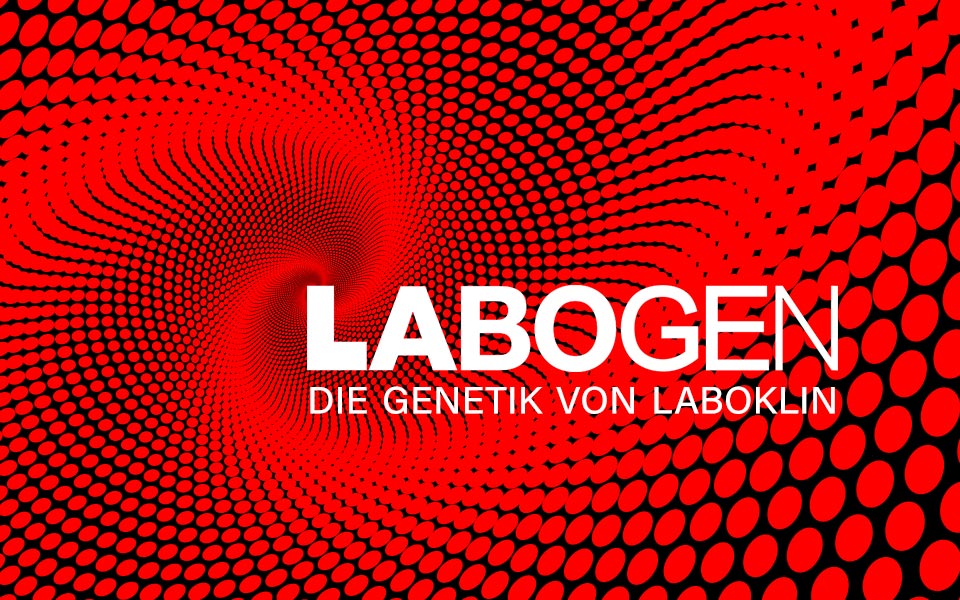L-2-Hydroxyglutaracidurie (L2HGA)
L-2-hydroxyglutaric aciduria (L2HGA)
General description
L-2-HGA (L-2-hydroxyglutaric aciduria) is a neurometabolic disorder characterised by elevated levels of L-2-hydroxyglutaric acid in urine, plasma and cerebrospinal fluid. L-2-HGA produces a variety of neurological deficits, including psychomotor retardation, seizures and ataxia.
Breeds
Staffordshire Bull Terrier, Yorkshire Terrier
Detailed description
L-2-HGA (L-2-hydroxyglutaric aciduria) is a neurometabolic disorder characterised by elevated levels of L-2-hydroxyglutaric acid in urine, plasma and cerebrospinal fluid. L-2-HGA affects the central nervous system, with clinical signs usually apparent between 6 months and one year (although they can appear later). L-2-HGA produces a variety of neurological deficits, including psychomotor retardation, seizures and ataxia. Symptoms are "wobbly" gait, tremors, muscle stiffness as a result of exercise or excitement and altered behaviour.
L-2-Hydroxyglutaric Aciduria (L2HGA) - Staffordshire Bull Terrier
The symptoms described in this breed can be found in the text above.
Order details
| Test number | 8125 |
| Sample material | 0.5 ml EDTA blood, 2x cheek swab, 1x special swab (eNAT) |
| Test duration | 7-14 working days |
Test specifications
| Symptom complex | neurological |
| Inheritance | autosomal recessive |
| Age of onset | 6-12 months |
| Causality | causally |
| Gene | L2HGDH |
| Mutation | COMPLEX |
| Literature | OMIA:001371-9615 |
L-2-Hydroxyglutaric Aciduria (L2HGA) - Yorkshire Terrier
The symptoms described in this breed can be found in the text above.
Order details
| Test number | 8125 |
| Sample material | 0.5 ml EDTA blood, 2x cheek swab, 1x special swab (eNAT) |
| Test duration | 7-14 working days |
Test specifications
| Symptom complex | neurological |
| Inheritance | autosomal recessive |
| Age of onset | 6-12 months |
| Causality | causally |
| Gene | L2HGDH |
| Mutation | T-C |
| Literature | OMIA:001371-9615 |



